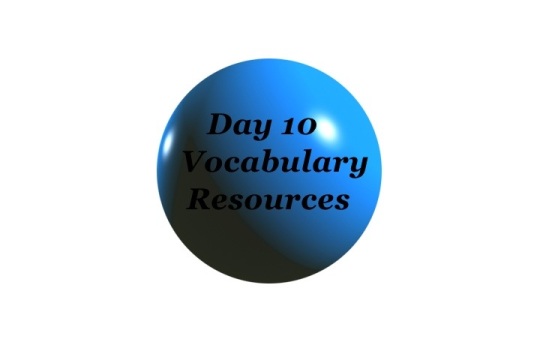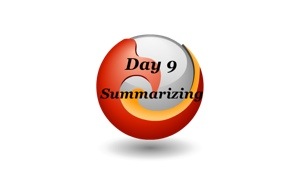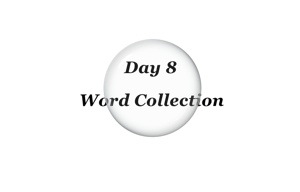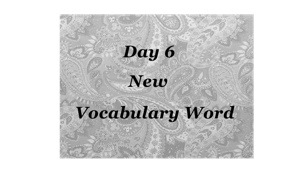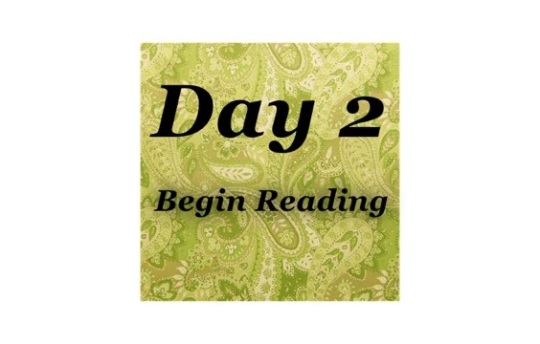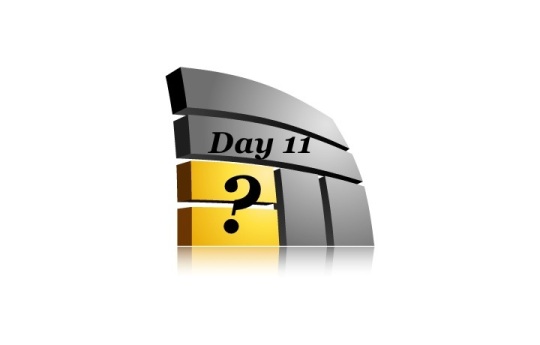
On day 7 we took a look improving fluency and specifically at stopping appropriately at periods and commas. Today we are going to focus on what to do with question marks. If this particular strategy isn’t something that your child struggles with, then you can simply focus on the information from the previous days.
When we read we know that our voice goes up and down very naturally. We don’t need any instruction in this, it just happens. However, when we are reading, many times a child will look at a question mark and keep a monotone voice and read it like a period. Their voice doesn’t change, and it is really hard to tell as the listener that there was a question asked because not making our voice go up and down actually changes the meaning of what we are reading.
When I am teaching kids reading online I am able to highlight the books with two different colors very easily. I highlight the words that go up as green and the words that go down as red. Then when I am done I have the kids take a look at exactly where my voice was going up and down. This visual actual helps kids to see their voice in a different way.
After we analyze what happens with their voice we go over when the voice is particularly going up and going down. Then the child gets to practice making their own voice go up and down. It is a powerful strategy and it ultimately leads to better comprehension.
If you own the book, then you can mark it up all you want to help your child with this, however, if you don’t own it you are aware that would be a very bad move. That is why I love using ebooks with kids online. I can mark up the text to guide them without getting in their space or ruining a great book.
Once your child’s voice has improved in fluency, you will notice how much more interesting it is to listen to him or her read. It also increases their own personal motivation to want to read. Let me know if you have any questions. I would love to guide you in how I do this.
